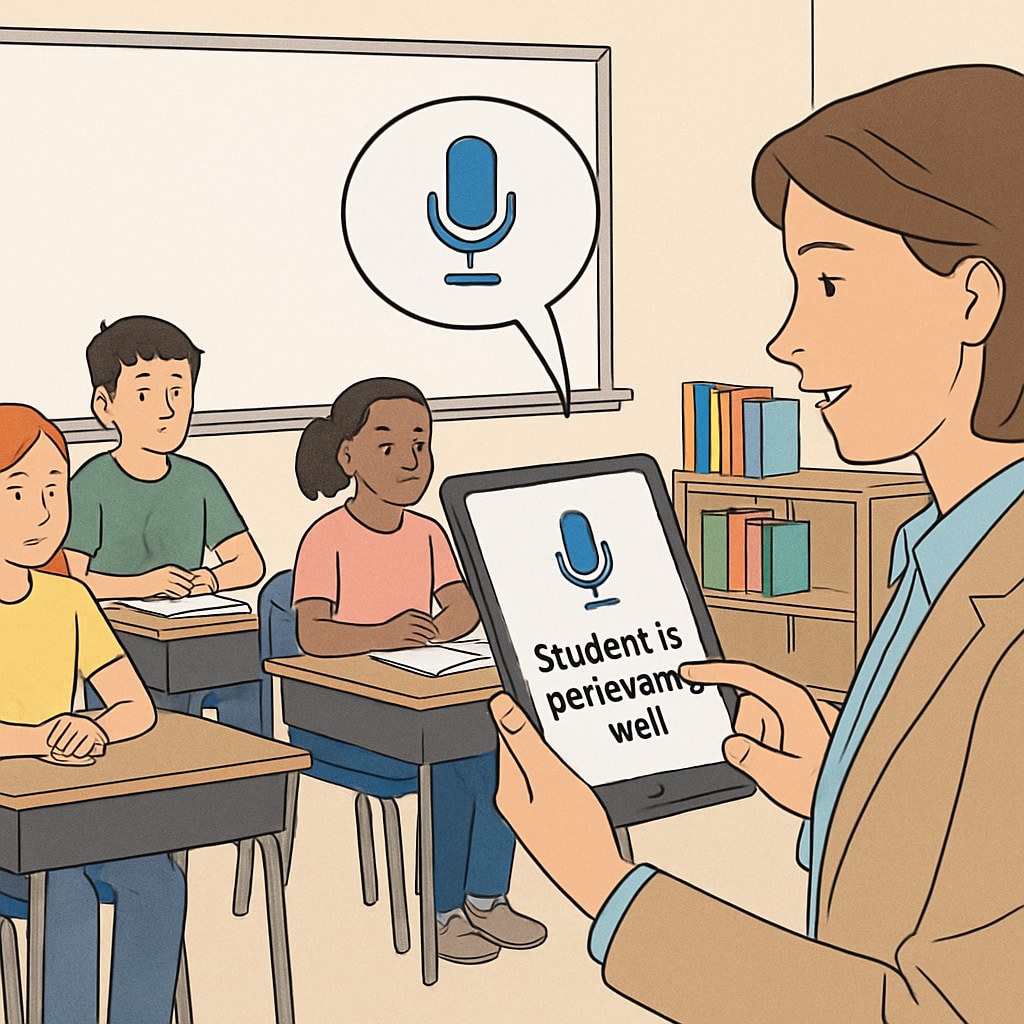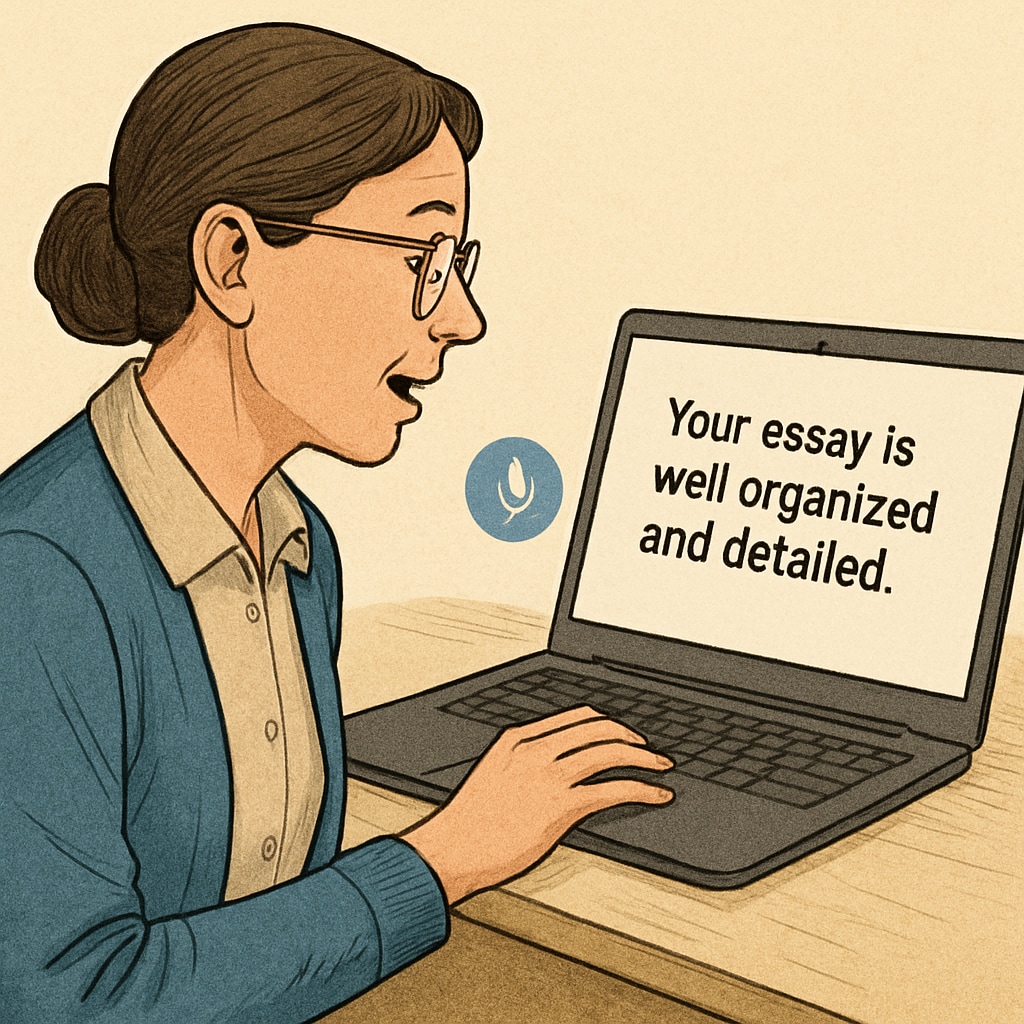In today’s fast-paced educational landscape, tools like WillowVoice are transforming the way educators work. By leveraging speech-to-text technology, teachers can significantly boost their education efficiency, streamline teaching feedback, and improve the quality of learning experiences. This innovative solution allows educators to focus less on administrative tasks and more on engaging with students, shaping a future where technology enhances—not replaces—human connection in classrooms.
How Speech-to-Text Technology Enhances Educational Efficiency
One of the most time-consuming aspects of teaching is managing administrative tasks such as creating lesson plans, documenting observations, and preparing reports. Speech-to-text technology like WillowVoice is designed to alleviate this burden. Teachers can simply speak into their device, and the tool converts their spoken words into accurate, neatly formatted text. This eliminates the need for manual typing and enables teachers to complete their documentation faster.
For example, during a busy school day, teachers often need to note down student progress or behavior details. With WillowVoice, they can dictate these observations in real-time, ensuring that no detail is lost while saving valuable time. As a result, educators can dedicate more hours to planning engaging lessons or offering personalized support to their students.

Optimizing Feedback with Speech-to-Text Tools
Providing timely and constructive feedback is crucial for effective teaching. However, writing detailed comments for every student can be an overwhelming task. WillowVoice simplifies this process by allowing teachers to record their feedback verbally, which is then transcribed into text for students to read and reflect upon.
This technology also enhances communication with parents and guardians. Teachers can use speech-to-text features to draft progress reports, compose emails, or provide updates on student achievements. These tools ensure that feedback is not only delivered faster but is also more comprehensive and personalized.

Enhancing Classroom Interactions and Teaching Quality
Beyond administrative tasks, speech-to-text technology plays a pivotal role in transforming classroom interactions. For students with learning disabilities or language barriers, WillowVoice can act as a bridge, converting spoken instructions into text or vice versa. This ensures that no student is left behind and fosters a more inclusive learning environment.
Additionally, teachers can use WillowVoice to create accessible lesson materials. By dictating instructions, study guides, or even exam questions, they can generate content that is easy to share and adapt. This not only saves time but also ensures consistency across different teaching resources.
The broader impact of these tools is evident in how they empower teachers to focus on what truly matters: fostering curiosity, critical thinking, and a love for learning in their students. By reducing time spent on routine tasks, educators can bring more creativity and energy into their teaching methods.
Conclusion: A Future Empowered by WillowVoice
Incorporating speech-to-text technology into daily workflows is no longer a luxury but a necessity for modern educators. Tools like WillowVoice are redefining the teaching experience by enhancing education efficiency, streamlining teaching feedback, and improving overall classroom interactions. As a result, teachers are better equipped to inspire and nurture the next generation of learners.
As the education sector continues to embrace technological advancements, solutions like WillowVoice demonstrate that innovation can coexist harmoniously with the human touch of teaching. This balance is key to building a future where both educators and students thrive.
For more information on speech-to-text technology, visit Speech Recognition on Wikipedia or explore the latest educational technology insights at Educational Technology on Britannica.


